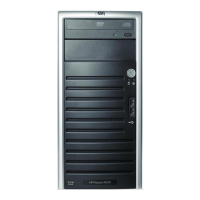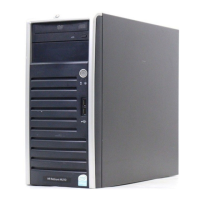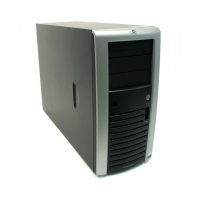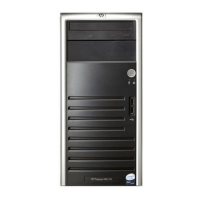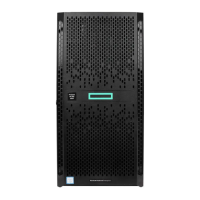Software and configuration utilities 105
The new boot option is appended to the boot order list. When you select a file, you are prompted
to enter the boot option description (which is then displayed in the Boot menu), as well as any
optional data to be passed to an .EFI application.
• Boot to System Utilities
After pre-POST, the boot options screen appears. During this time, you can access the System Utilities
by pressing the F9 key.
• Choose between supported modes: Legacy BIOS Boot Mode or UEFI Boot Mode
IMPORTANT: If the default boot mode settings are different than the user defined settings, the
system may not boot the OS installation if the defaults are restored. To avoid this issue, use the
User Defined Defaults feature in UEFI System Utilities to override the factory default settings.
For more information, see the HP UEFI System Utilities User Guide for HP ProLiant Gen9 Servers on the HP
website (http://www.hp.com/go/ProLiantUEFI/docs).
Restoring and customizing configuration settings
You can reset all configuration settings to the factory default settings, or you can restore system default
configuration settings, which are used instead of the factory default settings.
You can also configure default settings as necessary, and then save the configuration as the custom default
configuration. When the system loads the default settings, it uses the custom default settings instead of the
factory defaults.
Secure Boot configuration
Secure Boot is integrated in the UEFI specification on which the HP implementation of UEFI is based. Secure
Boot is completely implemented in the BIOS and does not require special hardware. It ensures that each
component launched during the boot process is digitally signed and that the signature is validated against a
set of trusted certificates embedded in the UEFI BIOS. Secure Boot validates the software identity of the
following components in the boot process:
• UEFI drivers loaded from PCIe cards
• UEFI drivers loaded from mass storage devices
• Pre-boot UEFI shell applications
• OS UEFI boot loaders
Once enabled, only firmware components and operating systems with boot loaders that have an appropriate
digital signature can execute during the boot process. Only operating systems that support Secure Boot and
have an EFI boot loader signed with one of the authorized keys can boot when Secure Boot is enabled. For
more information about supported operating systems, see the HP UEFI System Utilities and Shell Release
Notes on the HP website (http://www.hp.com/go/ProLiantUEFI/docs).
A physically present user can customize the certificates embedded in the UEFI BIOS by adding/removing
their own certificates.
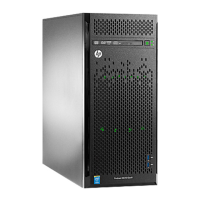
